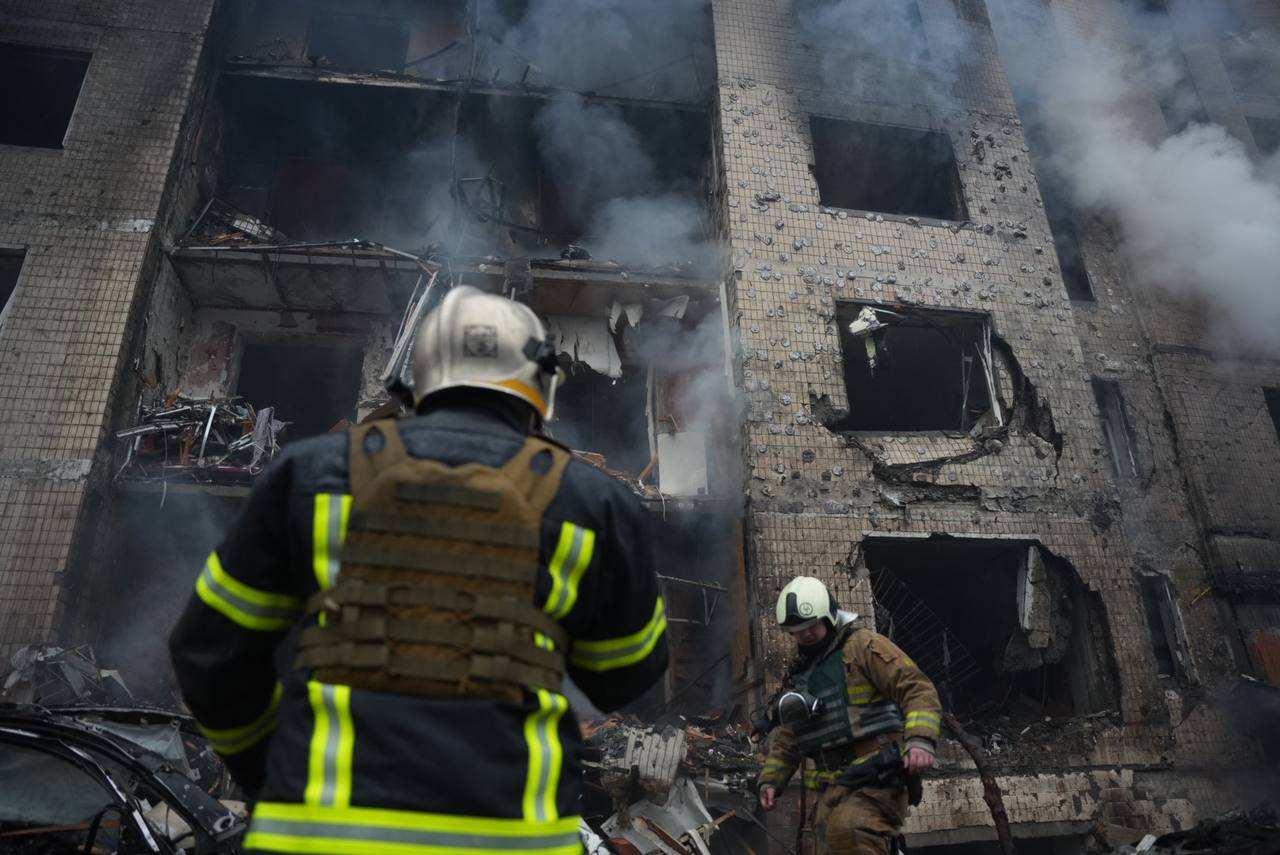Forbes estimates Jan. 2 mass attack cost Russia nearly $620 million

Russian forces launched at least 99 missiles of various types and 35 Shahed "kamikaze" drones against Ukraine on Jan. 2, costing Russia nearly $620 million, Forbes estimated.
Russia’s large-scale coordinated missile attack targeted Kyiv, the surrounding region, and Kharkiv on the morning of Jan. 2. It was preceded by a wave of Shahed drones. The attack killed five people and injured 127, including children, according to the latest update by the State Emergency Service.
The Air Force reported earlier that Ukraine intercepted all of the drones and 72 Russian missiles, including 59 Kh-101/555/55 cruise missiles, three Kalibr cruise missiles, and all of the 10 Kh-47M2 Kinzhal air-launched ballistic missiles. Russian forces also used 12 ballistic missiles of the Iskander/S-300/S-400 type and four Kh-31P anti-radar missiles.
Forbes calculated the cost based on the estimates that one Russian Kh-101 cruise missile costs $13 million, a Kalibr cruise missile costs $ 6.5 million, a Kinzhal ballistic missile costs $15 million, an Iskander costs $3 million, and one Shahed 136 drone costs $50,000, among others.
"Due to the fact that the precise distribution of missiles by type remains unknown, Forbes estimates their total cost at approximately $620 million," the media wrote.












